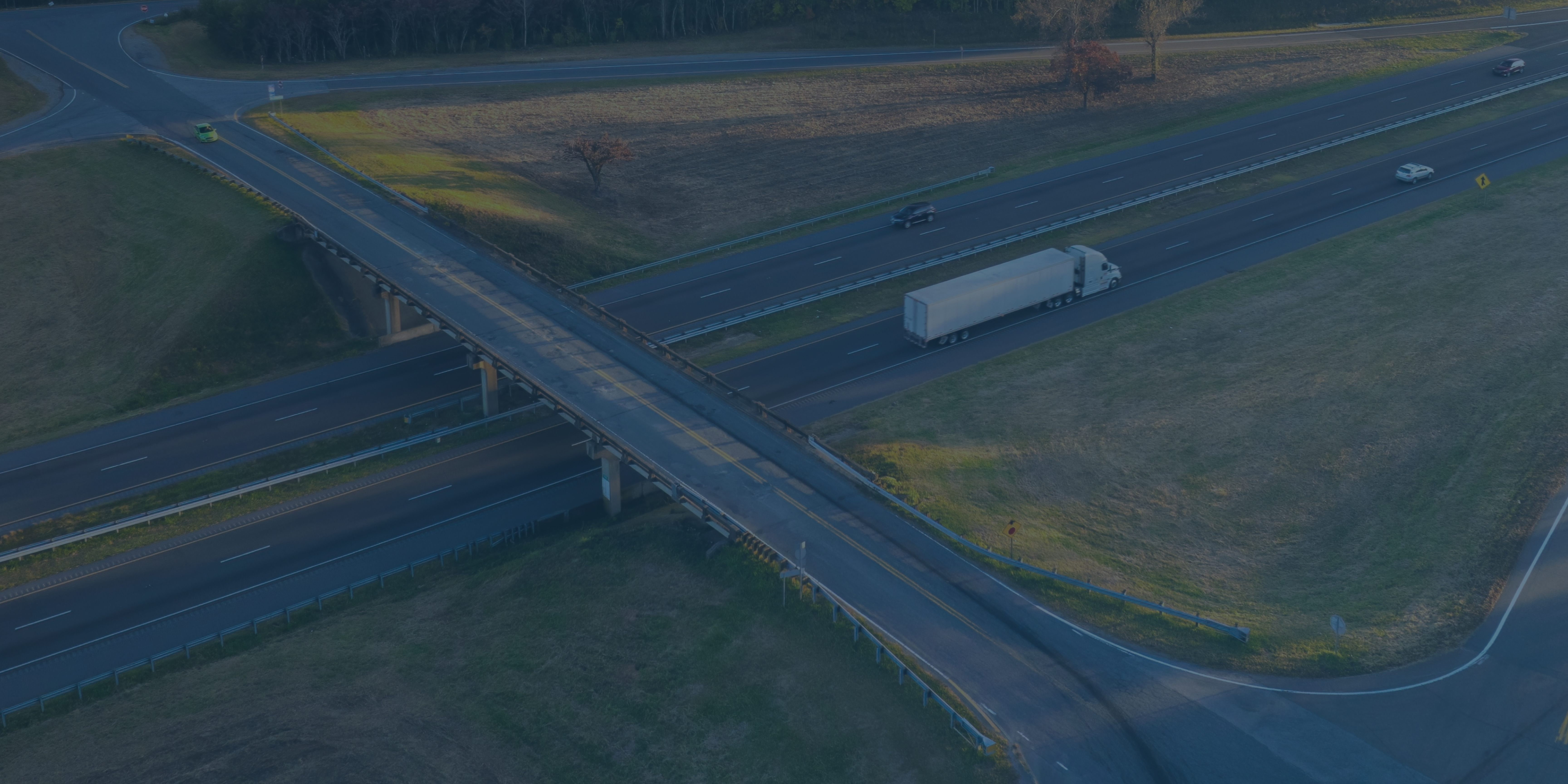
It’s extremely challenging to establish a profitable business as a carrier in the auto insurance space. Countless factors come into play when navigating the lead, quote, bind and renewal cycle that can either help or hinder your profits and overall success as a business. Below we discuss insurance industry challenges that personal auto carriers face, along with strategies that work to solve many of these issues.
Watch Webinar:
HOW TOP INSURERS ARE LEVERAGING DATA TO GAIN A COMPETITIVE ADVANTAGE
Problem: Overall Insurance Industry Challenges
Much of the insurance space as a whole hasn’t been profitable for over a decade, with high combined ratios and underwriting loss trends seen across the industry. Much of this is due to environmental factors, social inflation and supply chain disruptions.
In the first half of 2021, insured losses from natural disasters worldwide hit a 10-year high of $42 billion, with freezing temperatures, thunderstorms, hail and severe droughts leading to wildfires.
The auto insurance industry has also been particularly impacted by social inflation, where insurers’ claims costs rise over and above general economic inflation. During 2019, the number of U.S. verdicts resulting in $20 million or more was up more than 300% from the annual average from 2001-2010.
To make matters even more troubling, the nation also saw an increase in risky driving behavior during the COVID-19 pandemic. In its most recent report, The National Highway Traffic Safety Administration (NHTSA) estimated that 31,720 people died in motor vehicle crashes nationwide throughout the first nine months of 2021. That’s a whopping 12% increase from those who were killed in crashes in 2020. It’s also the highest number of fatalities reported throughout the first nine months of any year since 2006. With this rising rate of crashes comes a troubling rise in claims losses for carriers as well.
The post-pandemic economy has also brought surging vehicle repair and replacement costs. These costs are projected to significantly slash underwriting profit margins for auto insurance providers. As costs for motor vehicle bodywork and used vehicles increase rapidly, the average price to settle claims is rising. These are expenses that were already climbing pre-pandemic, with vehicle crash costs from insurance premiums, repairs and other expenses amounting to $57.9 billion in 2018, as compared to $47.4 billion in 2013.
Problem: Underwriting Expenses
Underwriting can be costly and time-consuming if there isn’t a streamlined process in place. On average, 70-75% of drivers have a clean driving record. Those who still use outdated practices, like manually pulling MVRs for every driver, are spending more time and money than is actually needed to accurately price a driver’s risk. But many are unaware that comprehensive solutions exist to improve these processes. Through enhanced data solutions and a reduced reliance on MVRs, insurance carriers can start making changes today that will instantly save significant time and money throughout the policy lifecycle.
Problem: Customer Application Process
Many carriers struggle with outdated and time-consuming processes that create friction for the end-user. 75% of consumers begin their journey seeking a simple, quick and transparent buying process. They are willing to pay more for a better customer experience, which is expected to overtake price and product as the key brand differentiator in the near future. By offering an optimal customer experience, insurers can convert digital customers at up to six times the rate of their peers (McKinsey). Offering white-glove service throughout the purchase process also acts as a great preview for the level of service your company will offer once someone becomes a customer.
Problem: Identity Fraud
One in ten Americans provide false information or omit important data when buying auto insurance (Compare). For example, the number of those in possession of a foreign driver’s license (FDL) or those without a license has increased over the years. Many of these drivers also hold a United States license – around 30% – but falsely claim FDL or lack of license to avoid a motor vehicle record (MVR) pull and violation activity discovery.
In partnership with SambaSafety’s carrier customers, a study was conducted that confirmed a large population of drivers falsely claiming FDL or were unlicensed. They did this either to avoid previous violation detection or to hide identity, fraud or more serious criminal behavior. Regardless of motive, this driver subset presents both risk and/or opportunity when effective underwriting methods are employed.
Solution: Accessing the Right Data at the Right Time
Through enhanced data solutions and efficiencies, auto insurance carriers can start making changes today that will instantly save significant time and money throughout the policy lifecycle. With access to the right data at the right time, you can improve your customers’ buying experience, speed up and streamline your administrative processes, reduce your MVR spend and improve underwriting efficiencies – all while increasing your profitability.
To learn more about how leading insurers are using the RIGHT data to streamline their underwriting processes and improve the customer experience, watch our webinar on-demand below.
If you enjoyed this article, we recommend the following:
Millions of Drivers Lie to Auto Insurers for Lower Rates
WEBINAR: Leverage Driver Risk Data to Reduce Losses and Claims
Pay Attention, Carriers: One of the Most Commonly Seen Rate Evasion Tactics



